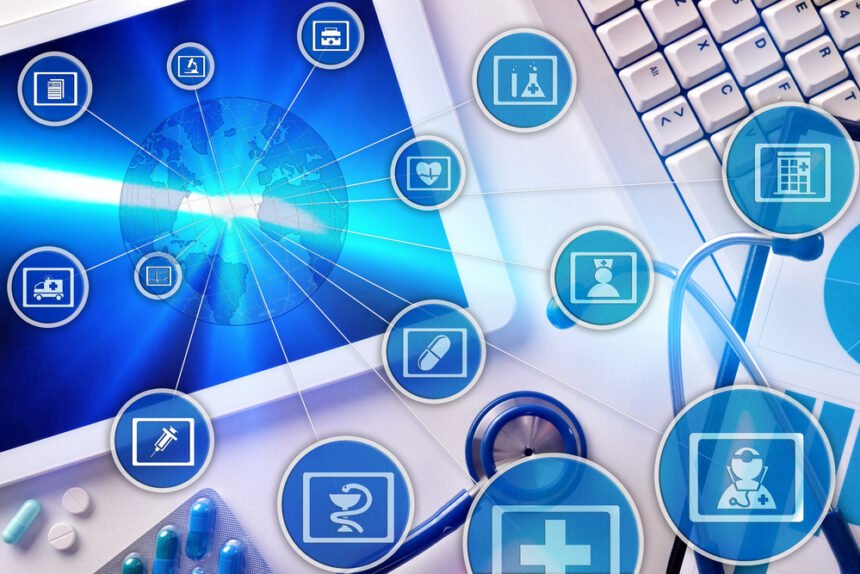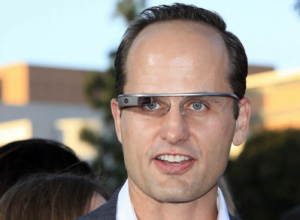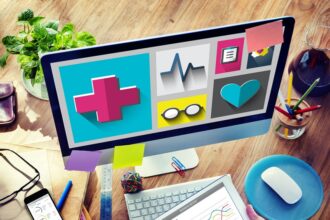Technology has always been mankind?s strength. The way that we are able to not only innovate and invent, but to also share the things that we?ve learned to the next generation will always be the main ingredient to the recipe of our success as a species. What?s also amazing about it is that we are constantly improving. And it would seem that with each iteration of a certain technology, the quality of our lives and the extent to which we are able to harness our technology in order to heal a wide variety of diseases. The possibilities seem to be endless in this regard. So, in the spirit of celebrating the ingenuity of the human race?s ability to innovate, these are some of the prime examples of the best that our medical technology has to offer.
Medical Supply Delivery Drones
First off, let?s start with the most basic in this list. During states of an emergency, one of the most glaring issues comes in the difficulty of being able to deliver medical supplies to affected areas. The promptness of delivery will often spell life or death for the occupants of an affected area. Newcastle Training stated that delivery drones seem to be the quickest solution for this problem. Not only they are relatively small, nimble, and much more affordable than full-sized helicopters, they are also able to do just as well as their full-sized counterparts in terms of delivering supplies. This coupled with proper emergency medical training is bound to help save countless lives.
Internet of Things for Healthcare
The internet is easily the greatest invention in the past 50 years. It grants us the ability to share information and to communicate with one another on an unprecedented scale. The Internet of Things (IoT) allows all devices that are connected to a common network to interact with each other. The advantage that this brings to the medical field deserves an article of its own for you to be able to completely grasp how beneficial it is to the industry. But, the main thing to consider here is that you?re able to make use of devices that communicate with each other, thus creating an ecosystem of sorts wherein each node in your network is able to relay and process information.
Neuromodulation
Neuromodulation is the process of regulating nervous activity in order to treat and enhance a patient?s quality of life. The illnesses treated by neuromodulation include, but are not limited to: movement disorders, epilepsy, ischemia, sleep apnea, and spinal injuries. Neuromodulation can be performed through electrical and chemical methods. They, in essence, dampen or even nullify the transmission of pain signals to the brain.
Distance Health (Remote Patient Monitoring)
Because of the advent of technology
as well as the application of the internet of things, patients no longer have to endure a commute to the clinic. They no longer have to endure long lines as well as the increased risk of worsening their condition by exposing themselves in a hospital. There are a plethora of devices that work toward this objective.








